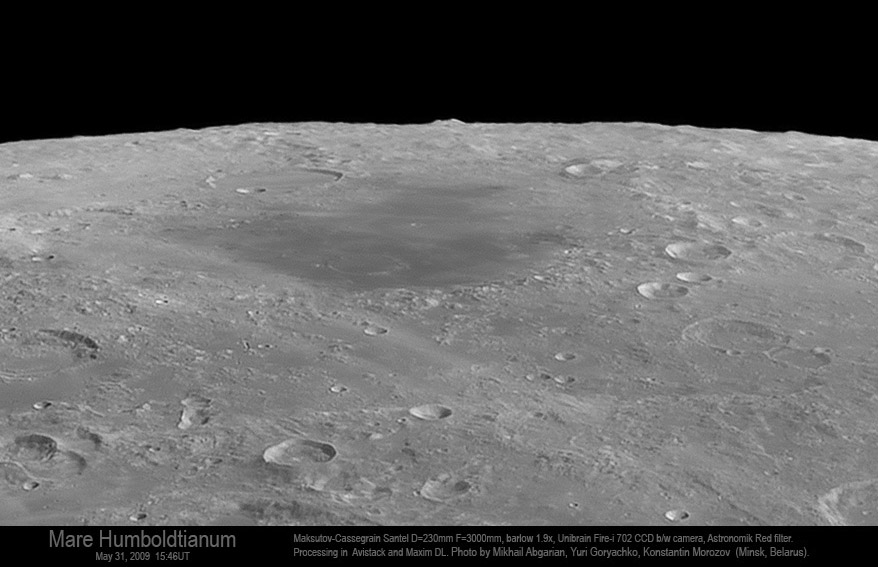Difference between revisions of "June 11, 2009"
| Line 1: | Line 1: | ||
__NOTOC__ | __NOTOC__ | ||
=Peaking Over the Limb= | =Peaking Over the Limb= | ||
| − | |||
<!-- ws:start:WikiTextHeadingRule:2:<h1> --> | <!-- ws:start:WikiTextHeadingRule:2:<h1> --> | ||
<!-- ws:start:WikiTextLocalImageRule:8:<img src="/file/view/LPOD-June11-09.jpg/77695955/LPOD-June11-09.jpg" alt="" title="" /> -->[[File:LPOD-June11-09.jpg|LPOD-June11-09.jpg]]<!-- ws:end:WikiTextLocalImageRule:8 --><br /> | <!-- ws:start:WikiTextLocalImageRule:8:<img src="/file/view/LPOD-June11-09.jpg/77695955/LPOD-June11-09.jpg" alt="" title="" /> -->[[File:LPOD-June11-09.jpg|LPOD-June11-09.jpg]]<!-- ws:end:WikiTextLocalImageRule:8 --><br /> | ||
| − | <em>image by [mailto:astronominsk@mail.ru Mikhail Abgarian, Yuri Goryachko & Konstantin Morozov], Minsk, Belarus</em><br /> | + | <em>image by [mailto:astronominsk@mail.ru" rel="nofollow Mikhail Abgarian, Yuri Goryachko & Konstantin Morozov], Minsk, Belarus</em><br /> |
<br /> | <br /> | ||
| − | Last week, LPOD featured a closeup [http://lpod.wikispaces.com/June+3,+2009 view] of the Humboldtianum Basin taken on May 29, 2009. The Minsk Miracle Imagers captured the same limb area two nights later when the libration was better. Their startling discovery is of a massive peak on the horizon. Yuri proposes that the mountain is the central peak of the farside crater Compton, and he estimates that the peak rises at least 2 km above the lunar horizon. I think Yuri's identification is correct because there is nothing else at that orientation beyond Humboldtianum, and the Minsk profile view matches the Clementine spacecraft plan [http://www.lpod.org/?m=20070225 view]. It is remarkable, first of all, to be able to see this feature at 104° east longitude. And it is remarkable that the peak is so tall - it must rise significantly above its crater rim. Compton is actually not a normal impact crater, it is transitional to impact basins; a landform type that Bill Hartmann and I named central peak basins. I would not expect the peak to rise so high, but we have never had topography for Compton so we never guessed that it might be so tall. I am amazed!<br /> | + | Last week, LPOD featured a closeup [http://lpod.wikispaces.com/June+3,+2009 view] of the Humboldtianum Basin taken on May 29, 2009. The Minsk Miracle Imagers captured the same limb area two nights later when the libration was better. Their startling discovery is of a massive peak on the horizon. Yuri proposes that the mountain is the central peak of the farside crater Compton, and he estimates that the peak rises at least 2 km above the lunar horizon. I think Yuri's identification is correct because there is nothing else at that orientation beyond Humboldtianum, and the Minsk profile view matches the Clementine spacecraft plan [http://www.lpod.org/?m=20070225" rel="nofollow view]. It is remarkable, first of all, to be able to see this feature at 104° east longitude. And it is remarkable that the peak is so tall - it must rise significantly above its crater rim. Compton is actually not a normal impact crater, it is transitional to impact basins; a landform type that Bill Hartmann and I named central peak basins. I would not expect the peak to rise so high, but we have never had topography for Compton so we never guessed that it might be so tall. I am amazed!<br /> |
<br /> | <br /> | ||
| − | <strong>UPDATE:</strong> Kostas Kalimaftsis wrote in the Comment section of this page that an earlier [http://lpod.org/coppermine/displayimage.php?pos=-3977 image] he submitted to the LPOD Photo Gallery shows the peak and that he stated then that it was Compton, perhaps a high rim segment. Kostas was apparently the first to notice and identify this peak.<br /> | + | <strong>UPDATE:</strong> Kostas Kalimaftsis wrote in the Comment section of this page that an earlier [http://lpod.org/coppermine/displayimage.php?pos=-3977" rel="nofollow image] he submitted to the LPOD Photo Gallery shows the peak and that he stated then that it was Compton, perhaps a high rim segment. Kostas was apparently the first to notice and identify this peak.<br /> |
<br /> | <br /> | ||
| − | <em>[mailto:tychocrater@yahoo.com Chuck Wood]</em><br /> | + | <em>[mailto:tychocrater@yahoo.com" rel="nofollow Chuck Wood]</em><br /> |
<br /> | <br /> | ||
<strong>Technical Details</strong><br /> | <strong>Technical Details</strong><br /> | ||
Revision as of 19:09, 4 January 2015
Peaking Over the Limb

image by " rel="nofollow Mikhail Abgarian, Yuri Goryachko & Konstantin Morozov, Minsk, Belarus
Last week, LPOD featured a closeup view of the Humboldtianum Basin taken on May 29, 2009. The Minsk Miracle Imagers captured the same limb area two nights later when the libration was better. Their startling discovery is of a massive peak on the horizon. Yuri proposes that the mountain is the central peak of the farside crater Compton, and he estimates that the peak rises at least 2 km above the lunar horizon. I think Yuri's identification is correct because there is nothing else at that orientation beyond Humboldtianum, and the Minsk profile view matches the Clementine spacecraft plan " rel="nofollow view. It is remarkable, first of all, to be able to see this feature at 104° east longitude. And it is remarkable that the peak is so tall - it must rise significantly above its crater rim. Compton is actually not a normal impact crater, it is transitional to impact basins; a landform type that Bill Hartmann and I named central peak basins. I would not expect the peak to rise so high, but we have never had topography for Compton so we never guessed that it might be so tall. I am amazed!
UPDATE: Kostas Kalimaftsis wrote in the Comment section of this page that an earlier " rel="nofollow image he submitted to the LPOD Photo Gallery shows the peak and that he stated then that it was Compton, perhaps a high rim segment. Kostas was apparently the first to notice and identify this peak.
" rel="nofollow Chuck Wood
Technical Details
May 31, 2009 15:46UT. Maksutov-Cassegrain Santel D=230mm F=3000mm, barlow 1.9x + Astronomik Red filter + Unibrain Fire-i 702 CCD b/w camera (IEEE-1394, 1388x1040), Processing in Avistack and Maxim DL; Postprocessing in Photoshop. Seeing 7-8/10, Trans 5/5.
Related Links
Rükl plate 7
NOTE - Visit the special LPOD Kaguya Impact page from yesterday afternoon!



